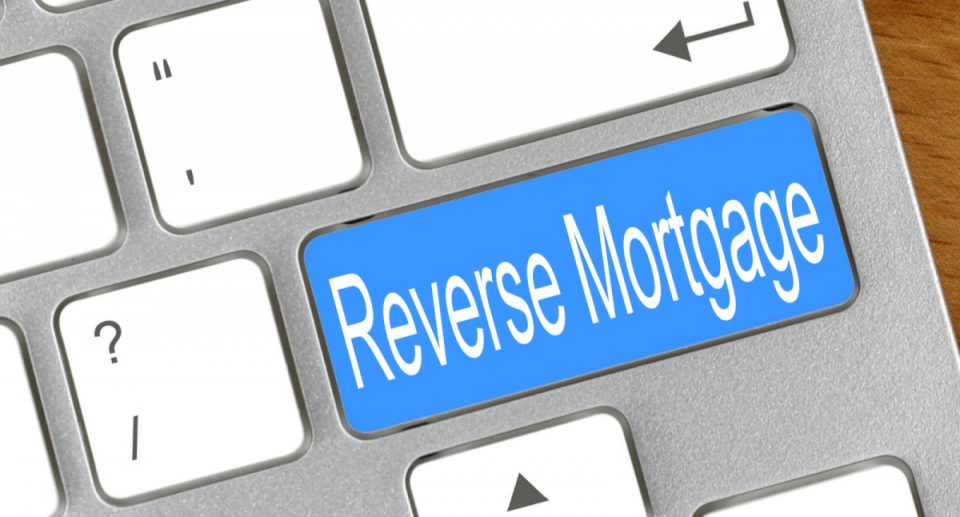What Are Reverse One Team Crosscountry Mortgage Rates and How Do They Work?

Reverse One Team Crosscountry Mortgage Rates, also known as ROTCMRs, are a unique type of mortgage product designed for homeowners who wish to access the equity in their homes without having to make monthly mortgage payments. Unlike traditional mortgages, ROTCMRs allow borrowers to receive a lump sum or periodic payments from the lender, with the loan balance and interest accruing over time. The loan is typically repaid when the borrower sells the home, moves out, or passes away.
The key feature of ROTCMRs is that they are specifically tailored for homeowners who plan to travel extensively or live a nomadic lifestyle, visiting multiple countries or regions over an extended period. These mortgages are structured to accommodate the borrower’s unique financial needs and travel plans, providing flexibility and access to funds while on the road.
With ROTCMRs, borrowers can access a portion of their home’s equity, which can be used for various purposes, such as financing travel expenses, covering healthcare costs, or supplementing retirement income. The loan amount is based on factors such as the borrower’s age, the value of the home, and the expected appreciation rate of the property.
How Do Reverse One Team Crosscountry Mortgage Rates Work?

Reverse One Team Crosscountry Mortgage Rates are a type of mortgage that allows homeowners aged 62 and older to access a portion of their home’s equity without having to make monthly mortgage payments. Instead, the loan balance, including interest and fees, is repaid when the borrower passes away, sells the home, or moves out permanently.
The process typically works as follows:
- Eligibility Check: Lenders assess the borrower’s age, home equity, and credit history to determine eligibility for the loan.
- Appraisal and Loan Limit Calculation: An appraisal is conducted to determine the home’s value, and the loan limit is calculated based on the borrower’s age, home value, and the lender’s program limits.
- Loan Disbursement: Borrowers can choose to receive the loan proceeds as a lump sum, line of credit, or monthly payments.
- Interest Accrual: Interest on the loan accrues over time, and the outstanding balance grows.
- Loan Repayment: The loan, including interest and fees, becomes due and payable when the last surviving borrower passes away, sells the home, or moves out for 12 consecutive months.
Who Are Reverse One Team Crosscountry Mortgage Rates Suitable For?

Reverse One Team Crosscountry Mortgage Rates are primarily designed for homeowners aged 62 and older who have significant equity built up in their primary residence. These types of mortgages can be particularly beneficial for individuals or couples who are looking to access the equity in their home without having to make monthly mortgage payments.
Reverse One Team Crosscountry Mortgage Rates can provide a viable solution for retirees or those with limited income streams, as they can use the funds from the loan to supplement their retirement income, pay for healthcare expenses, or cover other living costs. Additionally, these mortgages can be useful for homeowners who wish to remain in their homes but may struggle to keep up with the ongoing costs of maintenance, property taxes, and other expenses associated with homeownership.
However, it’s important to note that Reverse One Team Crosscountry Mortgage Rates are not suitable for everyone. Individuals who plan to move or sell their home soon may not benefit from this type of mortgage, as the loan typically needs to be repaid in full when the borrower moves out or passes away. Additionally, those who have significant outstanding debts or limited equity in their home may not qualify or may receive a smaller loan amount.
It’s crucial for potential borrowers to carefully consider their long-term financial goals, living situation, and overall financial health before pursuing a Reverse One Team Crosscountry Mortgage Rate. While these mortgages can provide financial relief and allow homeowners to age in place, they can also have implications for inheritance and estate planning, as the loan will need to be repaid upon the borrower’s passing or relocation.
Calculating Reverse One Team Crosscountry Mortgage Rates

Reverse One Team Crosscountry Mortgage Rates are calculated based on several factors, including the age of the borrower(s), the value of the property, and the current interest rates. The older the borrower(s), the higher the mortgage rate, as lenders need to account for the increased risk associated with lending to older individuals.
The property value is also a crucial factor, as it determines the maximum loan amount that can be borrowed. Typically, borrowers can access up to a certain percentage of their home’s value, which varies based on their age and the lender’s policies.
Interest rates play a significant role in determining the overall cost of the loan. Reverse One Team Crosscountry Mortgage Rates are often higher than traditional mortgage rates, as lenders need to account for the risk of not receiving repayments until the borrower(s) move out or pass away.
For example, let’s consider a 70-year-old homeowner with a property valued at $500,000. Based on their age and the lender’s policies, they may be eligible to borrow up to 60% of their home’s value, which is $300,000. If the current interest rate for Reverse One Team Crosscountry Mortgage Rates is 5%, the borrower’s monthly loan balance would increase by approximately $1,250 each month (5% of $300,000 divided by 12 months).
In contrast, traditional mortgage rates are typically lower than Reverse One Team Crosscountry Mortgage Rates, as lenders receive regular payments from borrowers, reducing their risk exposure. However, traditional mortgages require borrowers to make monthly payments, which can be a burden for those on a fixed income or with limited financial resources.
Reverse One Team Crosscountry Mortgage Rates: Pros and Cons

Reverse one-team cross-country mortgage rates offer several potential advantages but also come with some significant drawbacks that borrowers should carefully consider.
Pros:
- Access to Home Equity: These mortgages allow homeowners to tap into the equity they’ve built up in their homes, providing a source of funds without having to make monthly mortgage payments.
- No Monthly Mortgage Payments: With a reverse mortgage, borrowers don’t have to make monthly principal and interest payments, which can help free up cash flow for other expenses.
- Stay in Your Home: Reverse mortgages enable homeowners to remain in their homes while accessing their home equity, which can be particularly appealing for those who wish to age in place.
- Tax-Free Funds: The money received from a reverse mortgage is generally tax-free, as it is considered a loan advance rather than income.
Cons:
- Rising Debt: With a reverse mortgage, the loan balance increases over time as interest and fees accrue, reducing the equity available to the borrower or their heirs.
- Upfront Costs: Reverse mortgages typically involve significant upfront costs, such as origination fees, mortgage insurance premiums, and closing costs, which can be expensive.
- Interest Rates: Reverse mortgages often have higher interest rates compared to traditional mortgages, which can lead to faster equity depletion.
- Repayment Requirements: The entire loan balance, including interest and fees, must be repaid when the borrower dies, sells the home, or moves out for 12 consecutive months or more.
- Eligibility Requirements: Reverse mortgages have strict eligibility requirements, including age limits (typically 62 or older) and equity thresholds.
- Impact on Medicaid/SSI: Reverse mortgage proceeds may affect eligibility for means-tested government benefits like Medicaid or Supplemental Security Income (SSI).
Conclusion

Reverse One Team Crosscountry Mortgage Rates (ROTCMRs) provide seniors with a unique opportunity to access home equity without monthly payments, tailored for those who wish to travel extensively or maintain a nomadic lifestyle. These mortgages offer financial flexibility through lump sums, lines of credit, or monthly payments, with repayment deferred until the home is sold, the borrower moves out permanently or passes away. While beneficial for supplementing retirement income, covering healthcare expenses, or financing travel, ROTCMRs come with considerations such as rising debt, higher interest rates, and significant upfront costs. They can also impact inheritance plans and eligibility for means-tested benefits like Medicaid or SSI. Potential borrowers should carefully evaluate their long-term financial goals, living situation, and overall financial health, and consult with a financial advisor to make an informed decision.





